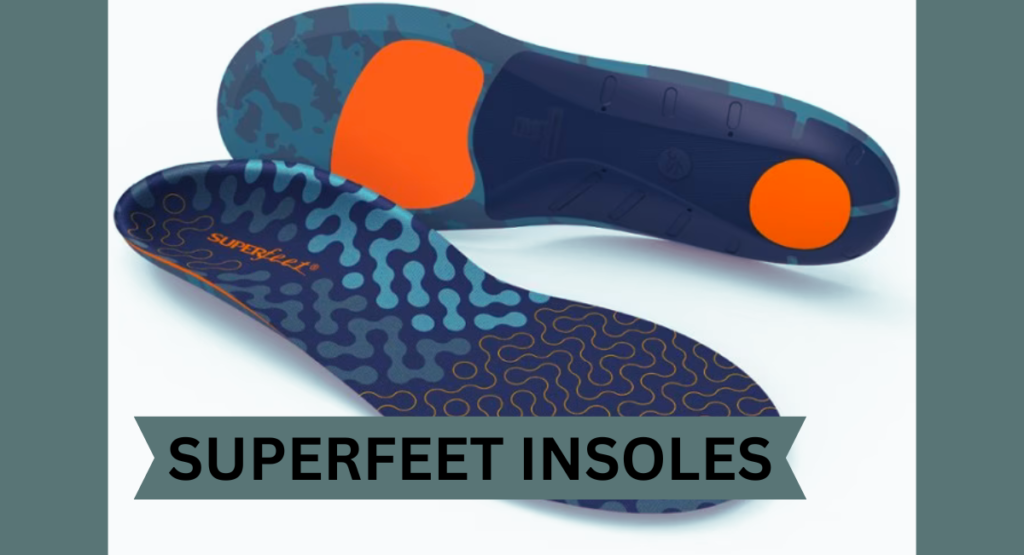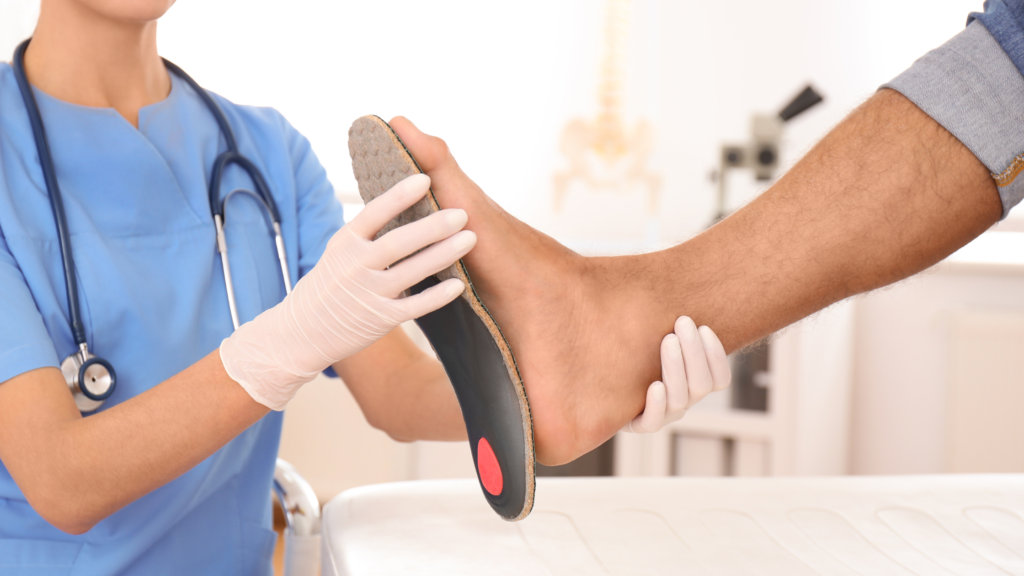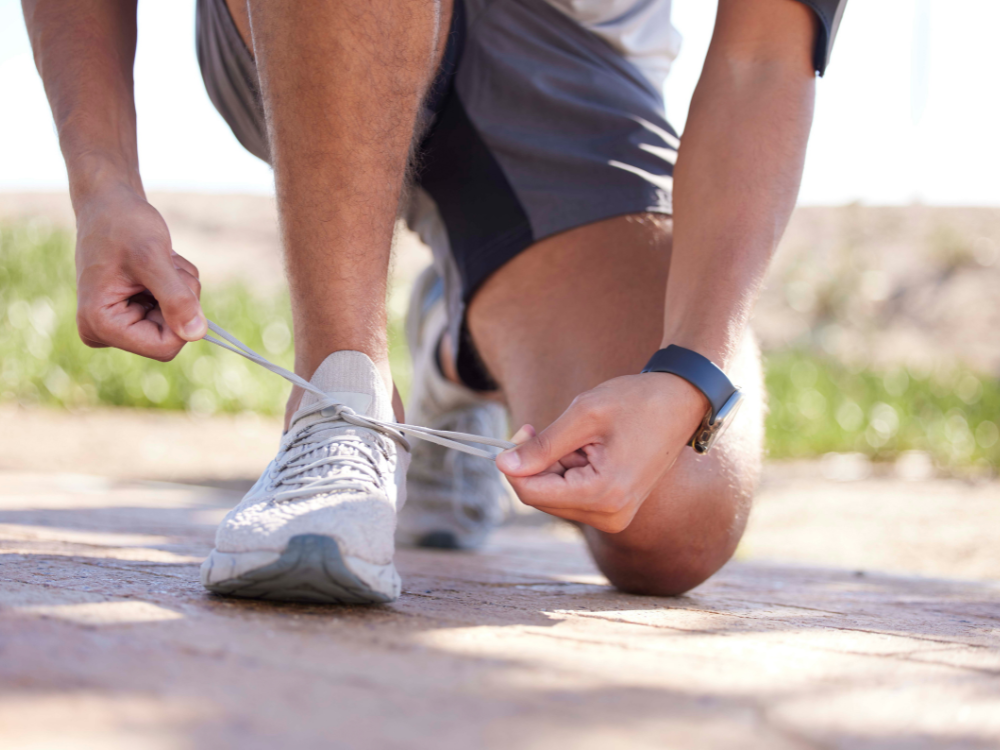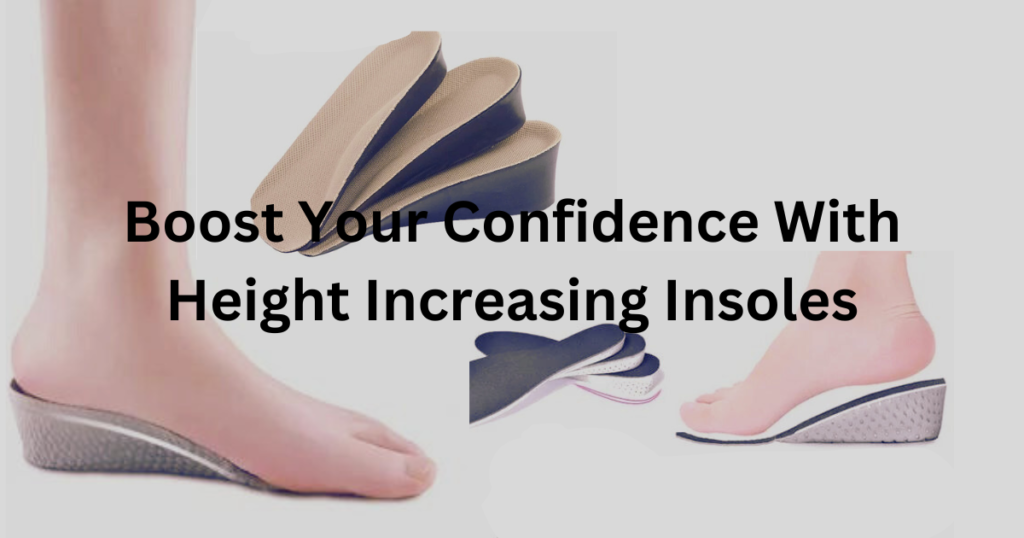In the world of footwear, comfort is king. Whether you’re pounding the pavement during your morning jog or standing on your feet all day at work, having the right support can make all the difference. Superfeet insoles are renowned for their ability to provide enhanced comfort and support, but many users wonder: How long do Superfeet insoles last? Let’s explore how long do Superfeet Insoles last?
What are Superfeet Insoles?
Superfeet insoles are designed to provide superior support and comfort for a wide range of activities and footwear types. They come in various styles and designs, each tailored to meet the specific needs of different users, from athletes to everyday walkers. These insoles typically feature a durable construction made from high-quality materials, including foam, carbon fiber, and other supportive elements.
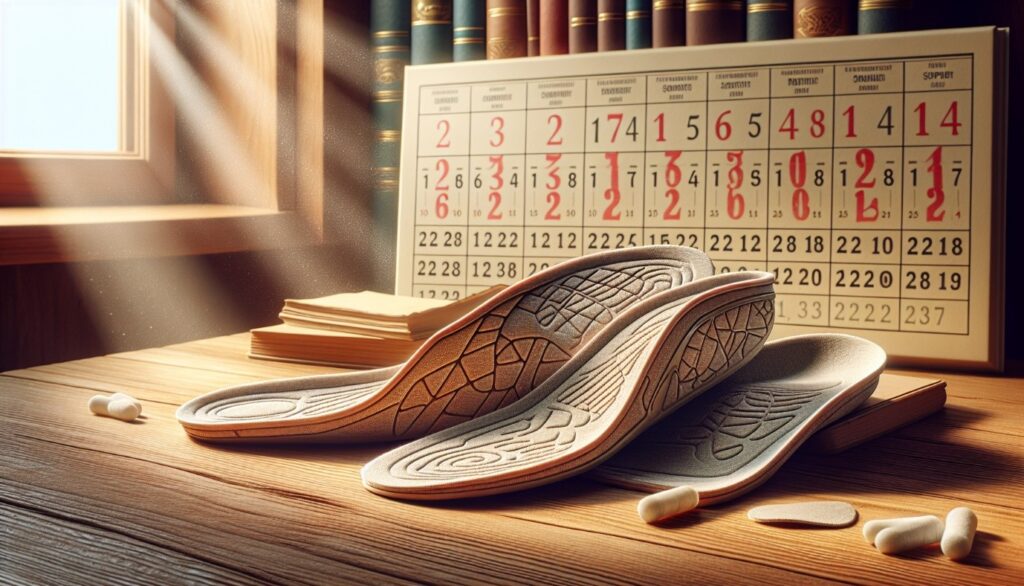
Factors Influencing Longevity of Superfeet Insoles:
The lifespan of Superfeet insoles can vary depending on several factors. Here are some key factors that can impact how long do Superfeet insoles last:
How Long Do Superfeet Insoles Last?
- The frequency and intensity of use play a significant role in determining the longevity of Superfeet insoles. If you wear them daily for high-impact activities like running or hiking, they may wear out more quickly compared to occasional use for casual walking.
- The type of footwear you use with your Superfeet insoles can also affect their lifespan. Shoes with snug fit and proper support can help prolong the life of the insoles by reducing excessive wear and tear.
- Proper maintenance can extend the lifespan of your Superfeet insoles. Regular cleaning and airing out can prevent odor buildup and microbial growth while storing them properly when not in use can prevent deformation and damage.
- Heavier individuals may experience faster wear and tear on their insoles due to increased pressure and stress on the footbeds. However, Superfeet insoles are designed to withstand a considerable amount of weight and provide support for users of all sizes.
What is the Average Life Span of Superfeet Insoles?
While the exact lifespan of Superfeet insoles can vary based on the factors mentioned above, the brand typically recommends replacing them every 12 months or 500 miles of use, whichever comes first. This guideline ensures that you continue to receive optimal support and comfort from your insoles and minimize the risk of injury or discomfort associated with worn-out footbeds.
It’s Time to Replace Your Superfeet Insoles:
Even if you haven’t reached the 12-month mark or 500-mile threshold, there are some telltale signs that indicate it may be time to replace your Superfeet insoles:
- If you notice a decrease in support or cushioning while wearing your insoles, it could be a sign that they have worn out and no longer provide adequate support for your feet.
- Inspect your insoles regularly for signs of wear and tear, such as fraying, compression, or deformation. These physical changes can indicate that the insoles have reached the end of their lifespan and need to be replaced.
- If you experience persistent foot pain or discomfort despite wearing your Superfeet insoles, it may be a sign that they are no longer effectively supporting your feet and need to be replaced with a fresh pair.
- Over time, insoles can accumulate odor-causing bacteria and fungi, leading to unpleasant smells and potential hygiene issues. If regular cleaning and airing out fail to resolve these issues, it may be time to invest in new insoles.
Tips for Maintenance and Proper Care of Superfeet Insoles:
Regularly inspect your Superfeet insoles for signs of wear and tear to ensure their continued effectiveness in providing support and comfort for your feet. Pay close attention to areas prone to high pressure, such as the heel and arch, as they are more susceptible to wear. Look for visible signs of damage, such as fraying, compression, or deformation, which can indicate that the insoles have reached the end of their lifespan.
By conducting regular inspections, you can identify potential issues early on and take proactive steps to address them, whether it’s replacing worn-out insoles or adjusting your footwear to reduce pressure points. This proactive approach not only prolongs the life of your Superfeet insoles but also helps maintain optimal foot support and comfort, ensuring that your feet stay happy and healthy with every step.
Frequently Asked Questions:
1. How often should I clean my Superfeet insoles?
2. Can I machine wash my Superfeet insoles?
3. My Superfeet insoles have started to smell. What should I do?
4. Can I trim my Superfeet insoles to fit my shoes?
5. How do I know when it’s time to replace my Superfeet insoles?
Conclusion:
Superfeet insoles are designed to provide long-lasting comfort and support, but like any footwear accessory, they have a finite lifespan. By understanding the factors that influence their longevity and knowing when to replace them, you can ensure that your feet stay supported and comfortable mile after mile. Whether you’re an athlete pushing your limits or someone simply seeking relief from foot pain, investing in fresh Superfeet insoles is a small price to pay for happy, healthy feet.

